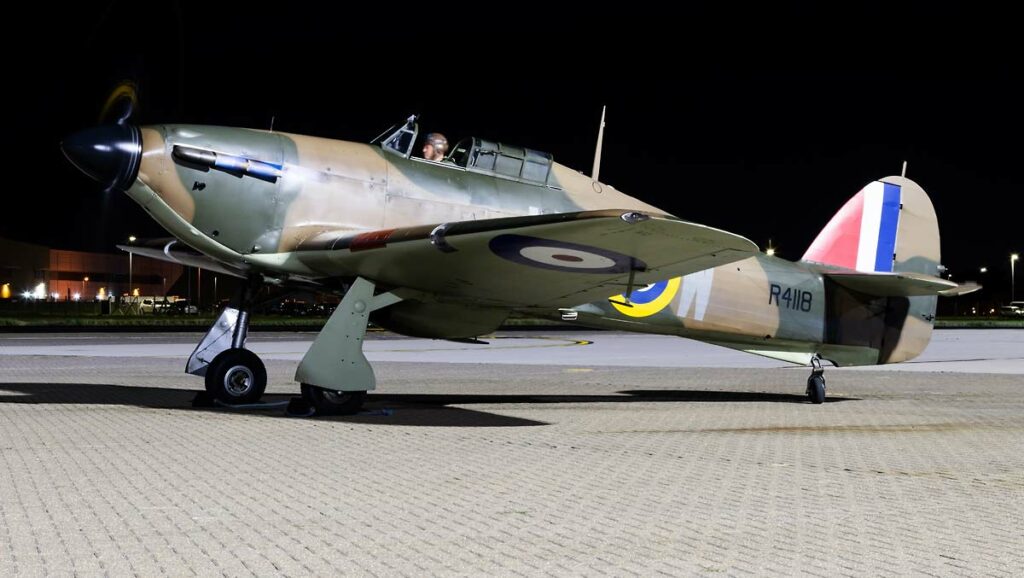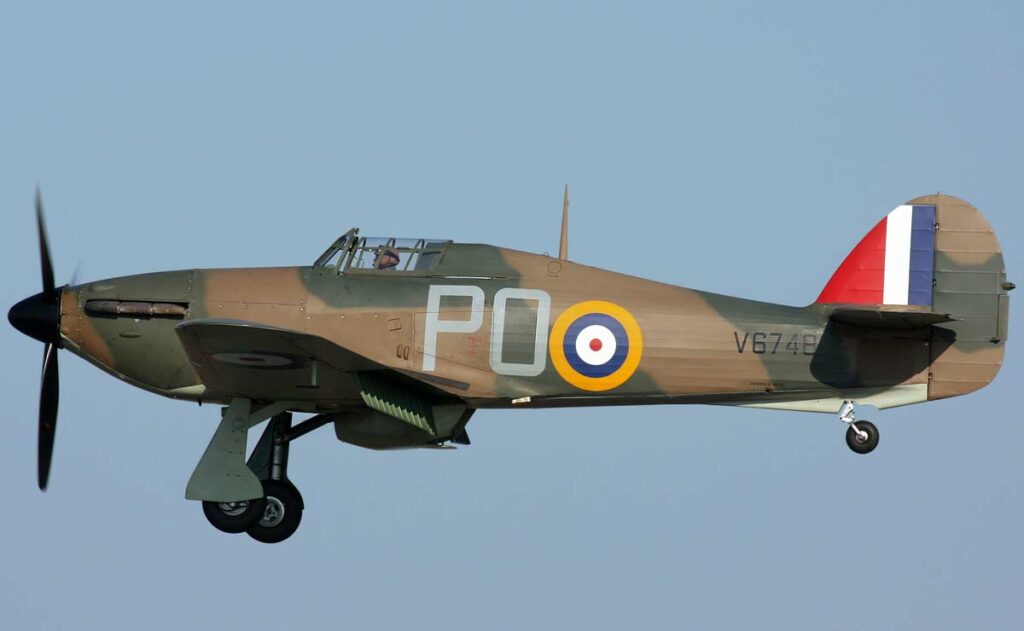The Hawker Hurricane, a British WWII fighter, boasted a Merlin engine, renowned for reliability and robustness, pivotal in early-war air victories.
This article delves into the Hawker Hurricane, a key British fighter aircraft of World War II. We examine its development history within the interwar period’s context, highlighting its design innovations and specifications in both metric and US units. The performance analysis compares the Hurricane to its contemporaries, emphasizing its engine capabilities and battlefield role. We also explore its military use, detailing its armament, combat history, and post-war service. The conclusion reflects on the Hurricane’s impact on aviation and its historical significance.
The Hawker Hurricane emerged as a critical component of Britain’s air defense during World War II. Its deployment marked a significant advancement in military aviation, playing an instrumental role in early-war air battles, most notably the Battle of Britain.

History of the Development of the Hawker Hurricane:
In the interwar period, the British Air Ministry recognized the need for an advanced fighter aircraft to replace the biplanes then in service. The Hawker Hurricane was developed in response to this requirement, with its program initiated by Hawker Aircraft Ltd under the guidance of Sir Sydney Camm. The aircraft was envisioned to outperform existing fighters in speed, armament, and agility.
The Hurricane program was launched in the early 1930s, with the prototype first taking flight on November 6, 1935. This event marked a significant leap forward in British aviation, showcasing a monoplane design that was a departure from the traditional biplane configuration.
The development of the Hurricane was driven by the escalating tensions in Europe. With the rise of militarism in Germany and Italy, the United Kingdom needed a capable fighter to maintain aerial supremacy. The Hurricane was designed to be a versatile and robust aircraft, capable of engaging enemy fighters and bombers effectively.
Design of the Hawker Hurricane:
The Hurricane was a groundbreaking design for its time. Measuring about 32 feet in length (9.8 meters) and with a wingspan of 40 feet (12.2 meters), it was constructed primarily of metal, with fabric covering the rear fuselage and wings. This construction method was a compromise between traditional techniques and the then-emerging all-metal designs.
Powered by the Rolls-Royce Merlin engine, the Hurricane boasted significant power and reliability. The engine variants used in the Hurricane ranged in power, but typically delivered about 1,030 horsepower (768 kW). This engine choice was pivotal in achieving the desired performance, balancing speed with maneuverability.
However, the Hurricane’s design had its drawbacks. Its fabric-covered wings were less durable compared to the all-metal wings of its contemporaries. Additionally, while the aircraft was robust and could sustain significant damage, it was also heavier and less agile than some of its counterparts, like the Supermarine Spitfire.
Performance of the Hawker Hurricane:
In terms of performance, the Hurricane was a formidable adversary. Its Merlin engine enabled a top speed of around 340 mph (547 km/h) and a service ceiling of approximately 36,000 feet (11,000 meters). The aircraft’s range was about 600 miles (965 kilometers), making it suitable for various combat missions.
When compared to other fighters of the era, such as the German Messerschmitt Bf 109 or the aforementioned Spitfire, the Hurricane was generally slower and less agile. However, its robustness, reliability, and ease of repair made it a valuable asset in the early years of the war.

Military Use and Combat of the Hawker Hurricane:
The Hurricane’s armament typically consisted of eight .303-inch Browning machine guns, providing formidable firepower. It participated in numerous WWII theaters, playing a key role in the Battle of Britain, where its reliability and firepower were crucial in countering the German Luftwaffe.
The Hurricane was also exported to several Allied nations, including Canada, India, and the Soviet Union. Its adaptability allowed it to serve in various roles, from fighter to ground attack aircraft.
The Hurricane’s frontline service continued throughout the war, but as newer, more advanced aircraft were introduced, it was gradually phased out. Post-war, the Hurricane was retired from active service, replaced by jet fighters like the Gloster Meteor and the de Havilland Vampire.
The Hawker Hurricane’s legacy in military aviation is marked by its significant contributions during a critical period in history. Its development, design, and operational use underscore the technological advancements and strategic necessities of the time. While overshadowed in later years by more advanced aircraft, the Hurricane’s role in the early years of World War II, particularly in the Battle of Britain, cements its place as a pivotal aircraft in the annals of aviation history.
Back to the Warbirds section.